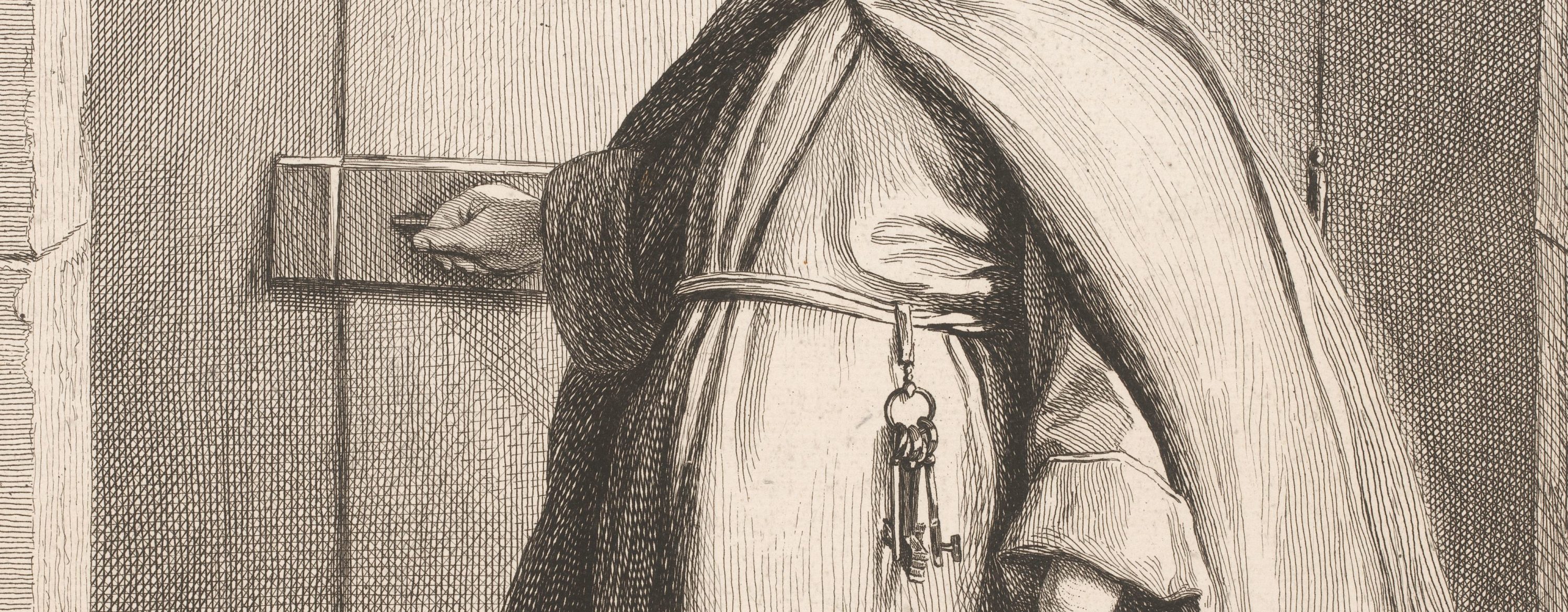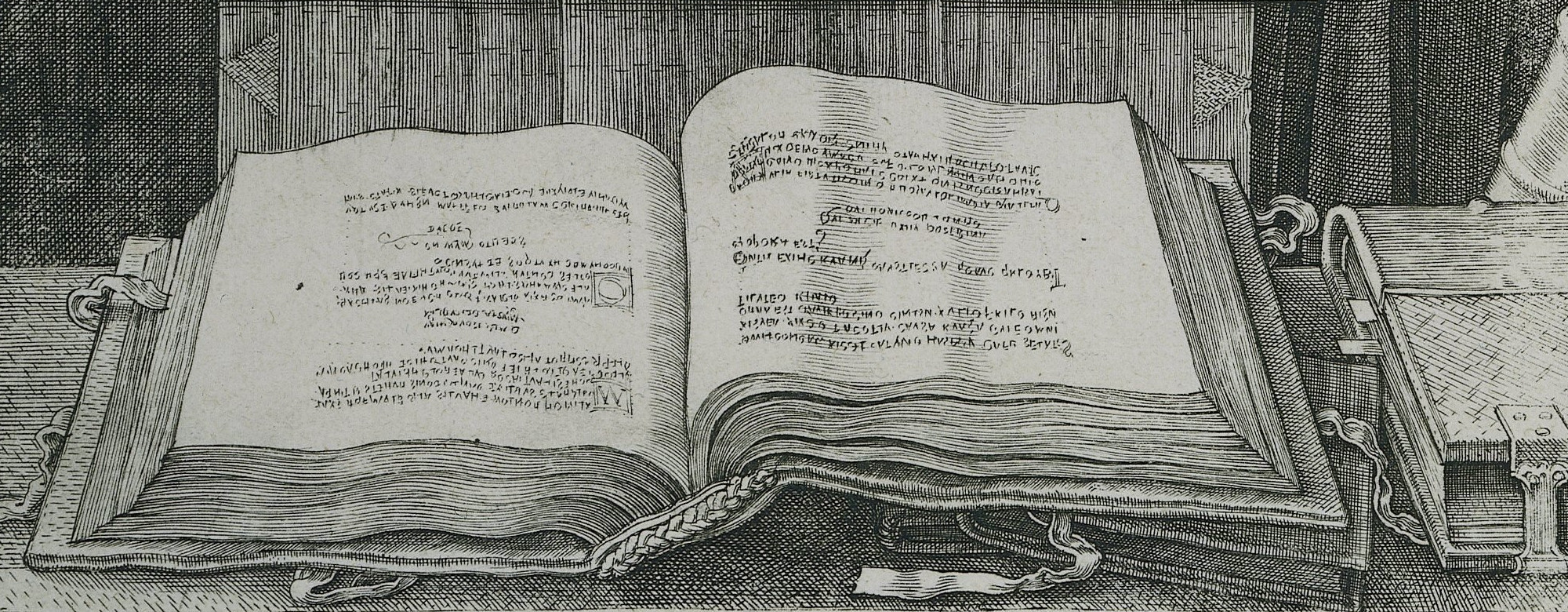In Italy, the use of images of cultural heritage in the Public Domain is still subject to heated debate. This blog post provides an update on the situation, presenting a recently adopted ministerial decree, which facilitates the use of such images in scientific publications. While the decree is a step in the right direction, it is not a complete turnaround. In many parts, it still reflects an antiquated, highly bureaucratic approach that values control over Open Access.
Particularly the Ministry of Culture still favours a system of prior authorisation and monetisation of reproductions of cultural heritage works not just for commercial uses. The Chairman of the Standing Advisory Committee on Copyright pro-tempore, an advisory body to the Italian Ministry of Culture, for instance, has publicly expressed misgivings about unrestricted free reuse for fear of losing control over image uses.
This clashes with the Italian Open GLAM community, associations of cultural institutions and associations of research and educational organisations, who believe in the adoption of Open Access policies. Organisations like Creative Commons Italy and Wikimedia Italy argue that greater openness would bring about new ways of enjoying cultural heritage and creative expression and enable new ways for cultural institutions to connect with the public (as pointed out by Andrea Wallace and Douglas McCarthy). Moreover, Open Access data, interoperable with other Open Access systems, allows for the creation of efficient digital archives for long-term data preservation and facilitates traceability of sharing and reuse. Finally, such an approach would bring Italian law in line with European legislation (Art. 14, DSM Directive).
Facilitating reuse for scientific publications
Ministerial Decree n. 108 of 21 March 2024 amends Ministerial Decree n. 161 of 11 April 2023, which introduced mandatory minimum fees and charges for the concession of cultural heritage held in all State collections. The Ministry of Culture’s new decree comes only a year after the last and addresses some of the issues of the previous decree, which have been pointed out by CC Italy Chapter, MAB and others, AISA, FCdA Federation of University Archaeology Councils for the free movement of public cultural heritage images, Federation of University Archaeology Councils, CUNSTA – National University Council for Art History and SISCA – Italian Society for the History of Art Criticism).
Importantly, the decree limits the scope of mandatory remuneration to “goods in consignment to the institutes and places of culture of the Ministry of Culture.” Cultural heritage held by cultural institutions belonging to ministries other than the Ministry of Culture will no longer be covered. Moreover, reproductions of cultural heritage and their reuse are now free of charge in the following cases:
- scientific publications;
- publications with an educational or informational value;
- publications with circulation under 4,000 copies;
- publication evaluated by Italian National Agency for the Evaluation of the University and Research Systems (ANVUR) in class A journals;
- newspapers and journalistic periodicals;
- Open Access publications;
- reproductions made personally by the user for nonprofit purposes;
- reproductions and their reuse for the creation of scientific, educational and informational material of exhibitions and cultural events organised by a body of the Ministry of Culture’s or by public and private entities for purposes of cultural heritage enhancement implemented on a non-profit basis.
The decree provides that the determination of the concession fee remains “in the hands of the authority that is in charge of the cultural good, which will have to assess, on a case-by-case basis, the use for which the request is intended in relation to the opportunities for cultural promotion of the property, the risk to its preservation, and its removal from public use.”
Finally, the new decree references territorial specificities and opportunities for the promotion of lesser-known cultural heritage, on the basis of which the director of the institution holding the cultural heritage may consider reducing or not charging a fee.
Interoperability and other issues
While this constitutes an improvement, a number of issues remain:
1) The decree mentions Open Access but fails to address the lack of interoperability between the Cultural Heritage Standard label and the Creative Commons tools under which most Open Access content is published. The Cultural Heritage Standard label was introduced in the Guidelines for the Acquisition, Circulation and Reuse of Cultural Heritage Reproductions in the Digital Environment of the National Cultural Heritage Digitization Plan 2022-2023, specifying the terms of use of reproductions of Italian cultural heritage in the Public Domain in accordance with the provisions of the current Italian Cultural Heritage Code.
2) The decree maintains the calculation method for fees based on coefficients, which, as pointed out by Liverani, among others, creates a cumbersome system that negatively impacts the institutions that will have to implement the rule.1
3) It is not clear how applications for non-commercial uses are treated. Since authorisation is still required, what should the application look like? What is the exact procedure and what are the costs of that procedure? In fact, Article 2(2) of the previous ministerial decree n. 161/2023, requiring authorisation regardless of the obligation to pay a fee, remains in effect.
4) If an institution wants to substantially reduce the concession fee or not charge a fee at all, the Ministry’s “top administrative body” must be consulted. Yet it is unclear which body of the Ministry is being referred to, what procedure is to be followed, and what criteria will be used to determine whether a fee may be reduced or not charged at all.
The new decree still does not consider the outcome of the Italian Court of Auditors’ deliberation that “Open Access has long proven to be a powerful multiplier of wealth not only for cultural institutions themselves (see well-known national and international best practices) but also in terms of increasing GDP and is, therefore, considered a strategic asset for the social, cultural and economic development of the member countries of the Union.”
While the new Ministerial Decree is only a secondary norm, it is representative of a more general attitude that is still opposed to the free reuse of digital reproductions of cultural heritage in the Public Domain by society.
Conclusion
Instead of making piecemeal improvements to a misguided system, Italy should fully embrace the benefits of Open Access. There needs to be a shift towards more transparent, inclusive, and forward-thinking policies. Italy needs to bring its policies in line with European legislation and global best practices, which would enrich its cultural landscape and create economic benefits (see the independent expert opinion by Giulia Dore and Giulia Priora and COMMUNIA Policy Paper #20 on the right to use Public Domain heritage).
Adopting Open Access would not only align Italy with successful global models but also democratise knowledge, making cultural heritage accessible to a broader audience. As pointed out by international initiatives, such as Creative Commons’ TAROC initiative, fostering dialogue between cultural institutions and stakeholders would pave the way for more effective and equitable access to cultural heritage. This holistic approach would ensure that Italy’s rich cultural assets would promote economic growth and societal welfare.
Endnotes
- Applicants are required to reimburse expenses related to any out-of-pocket costs incurred by the cultural heritage institution to perform reproductions. No reimbursement of expenses is due for reproductions already available online and for those performed directly by private individuals in compliance with the standards of the Cultural Heritage Code.

